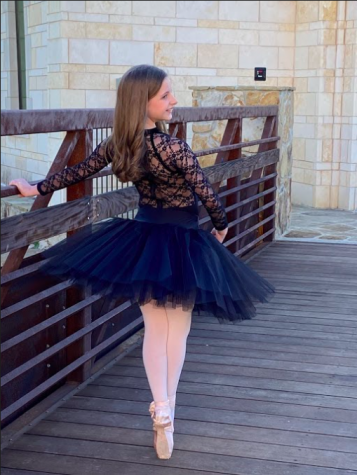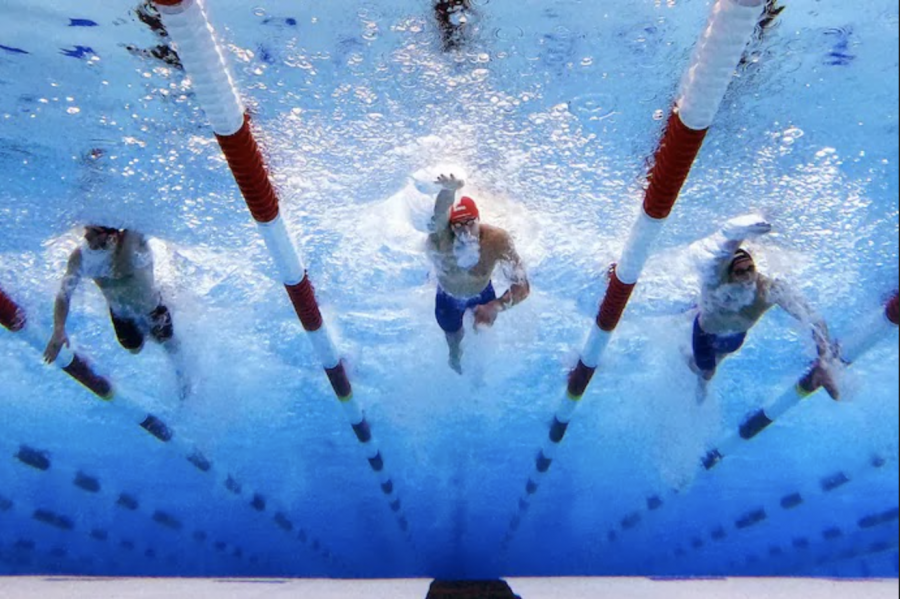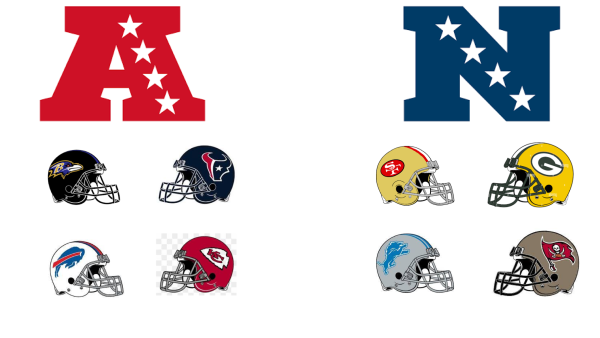THE SPORT OF SWIMMING
Let’s dive deep and take a look at the side of competitive swim not everyone sees!
Swimming is one of the most popular sports in the Olympic Games, but not many people realize the physical toll it can take on the human body. Michael Phelps makes it look so simplistic and graceful, but it’s much more exhausting than it may appear. To be the best you have to do your best. Not only does the strenuous workout result in exhaustion, a proper healthy diet is crucial for the most effective results.
Michael Phelps is one of the most successful and decorated Olympian of all time. He has earned a total of 28 medals. He won eight gold medals at the 2008 Olympics in Beijing, 6 gold and 2 bronze medals at Athens in 2004, 4 gold and 2 silver medals at the 2012 Olympics in London and 5 gold and 1 silver at 2016 Olympics in Rio. Phelps has held the men’s 400 meter individual medley for long course, as well as the 200, 100 butterfly and the 200 meter freestyle. Michael Phelps also started his own foundation, The Michael Phelps Foundation. His goal was to promote safe swimming and healthy lifestyles, he also has his own gear line which includes, swimsuits, caps, and goggles, But, How do you become so great like Michael Phelps? There are many factors that contribute to any swimmers success.
If you want to pursue the path of becoming a swimmer, you need to have some serious dedication. To be the best of the best you have to do your best, you have to dedicate your life to this sport. Now your sport comes first. Swimming competitively can be challenging and life changing because of the way it changes you. When you dedicate so much of your time into proper nutrition, fitness and effort, you learn discipline, self control, and mental toughness. And those three things are all fundamentals for everyday life outside of your sport.
In order to become a successful athlete in this sport, you must put in the hours. Michael Phelps went five years without missing a single day of training, and in my opinion that choice is what brought him to success. As a swimmer missing a day at least is a huge roadblock. Because then it takes a day to get back into it . Aside from the continuous hours of swimming, cross training is super important. Dryland is the term swimmers use. Basically meaning, ‘workout for swimmers’. An hour or two of dryland is critical for your performance. And yet of course there are always obstacles, during an interview Michael Phelps shares with Forbes’ Kurt Badenhausen that, “ There are days where you’re not gonna want to do it.,” Michael shares, “Sure, everybody has those days. But it’s what you do on those days that help you move forward.” Doing exercises with weights is a great way to build muscle in your body. But being careful of too much weight can cause problems with your ligaments, muscles, and tendons. It’s easy to hurt yourself, if you’re not careful. Body weight exercises are also great, doing variations of pushups, crunches, squats, and planks, help target different areas to build strength.
Your diet is super important. Swimmers can eat 2-6 times the amount of calories an average adult eats in a day, if not more!! In an interview with Mashable Deals Phelps shares,“Shortly after high school I was probably eating eight to ten thousand calories a day” Michael Phelps explains, “ I was literally shoving food down my throat, it was brutal.” It can also be difficult to maintain this recurring eating schedule, because you’re constantly having to eat multiple pounds of food a day. Without enough calories, and food; Your body will begin to burn through your muscle and that leads you nowhere, then you’re just spiraling down an unhealthy path.
There are many different events in swimming. You can swim 25’s-1650’s yards/meters! There are four different strokes. Let’s take a look at them!
- Freestyle-The most commonly known stroke, especially while warming up and cooling down. This stroke is also commonly referred to as army/ front crawl. You float on your stomach while doing flutter kicks, and your arms are reaching around your body, bending your elbows once at the surface performing the catch and bringing them back around. Every 3-6 strokes you turn your head to the side to breathe. This is also the stroke most people do longer distance in, and to help with endurance.
- Backstroke-In this stroke you are on your back, flutter kicking, and reaching your arms around trying to keep them straight the whole time. If you are doing more than a 25, then you have to flip over onto your stomach, just one stroke away from the wall to perform a flip turn (which is a flip performed right on the wall, pushing off when ready).
- Butterfly-In this stroke you are on your stomach, reaching your arms back behind you and dragging them barely over the surface all the way up to where your wrist should be touching, then you pull your arms back to do it again. You are also performing something known as a “Dolphin” or “Butterfly” kick. This stroke can be very exhausting, especially at long distances, this is why it’s considered a short-axis stroke
- .Breaststroke- Also a short-axis stroke. When you start, before reaching the surface you must complete a legal “pull out” which means you must perform one strong dolphin kick, under water, then pull your arms down beside you. With this stroke you are on your stomach, doing a kick where your legs are bent( Imagine a frog’s kick), then they go around and straighten them when they are touching, while also performing the same movement with your arms. It is known as the slowest stroke, just because of the physics it takes longer to complete.
Events
The individual medley, otherwise known as IM, is a combination of all the strokes. You have to swim at least 100 yards to complete an IM . Generally this is the most exhausting event due to the lactic acid build up from using several different muscle groups. You first dive off the block of course, then perform butterfly as your first portion of the event. You must transition from butterfly to backstroke with an open handed turn. After the butterfly, you move on to backstroke, which marks the halfway point. From backstroke to breaststroke you perform a special turn called a suicide turn or bucket turn. It is essentially a backflip, but you must touch the wall with one hand prior to the turn. Then you swim breaststroke and you must perform an open handed turn similar to butterfly to backstroke. Finally you swim freestyle to wrap the event and you will for sure feel it in the morning.
The medley relay is very similar to the individual medley, except you are in a relay and have to go in a slightly different order. The first person will get in the water, preparing to go on for backstroke. Then the next person dives the seconds their teammate touches the wall, even if they are slightly early you get disqualified. The 2nd person continues in breaststroke. The 3rd person dives in when the 2nd one finishes, and does butterfly. Then our last person will finish with freestyle. This takes a lot of team effort, but if everyone performs their absolute best, you’ll feel it for sure. The freestyle relay is similar to the medley relay, except everyone swims freestyle.
25s are the shortest event that you can race (in the ISL, international swimming league) ,but generally aren’t part of most competitive swim leagues. They are fast bursts of energy, usually no more than 15 seconds long. Since it is only one shot across the pool it is just one stroke.
50s and 100s are similar to 25s, just involving more turns and more endurance, specifically on the 100s. Typically these events are going to be one stroke, obviously with the individual medley as an exception. 50s usually take about 30 seconds to complete, while 100s usually take about a minute to complete.
200s require much more endurance than a 50 or 100. You must learn to pace yourself throughout the event. They are usually performed as just one stroke, but there are relays and medleys for 200s as well. When on your own it usually takes about 2-3 minutes to complete, mainly depending on which stroke(s). However, relays are much faster as they can be completed under 2 minutes without hesitation since each swimmer does one 50.
Independence is an incredible gift. You have the opportunity to dedicate time into your sport, whether it’s to workout to become stronger, take time to practice your technique, or even take time to self care. Being able to be independent in anything is wonderful, but being able to be independent in swim is a true blessing. It’s great to have teammates; it helps you work harder because teammates are usually very competitive, but in a good way. We push each other really hard, and even if we didn’t do well, we still are happy for our teammates.
In the long haul, swimming takes a lot of effort. There are many people who don’t realize the physical toll it can take on the human body. I hope that we have given you some perspective. The constant work and effort is crucial for the most effective results. You can’t be a swimmer without every single part, that would be like putting together a puzzle and leaving out a piece. You will never get the whole picture without that last piece. You need to put your own time and dedication to each part. To be the best, you have to do your best.
Written by, Mikayla Talty, Nathan Travis, and Haley Travis

Hi! My name is Haley, and I am a staff writer here at iHoot. I am a dancer and swimmer. I am very excited to be in iHoot this year, its gonna be great!

Hey guys! My name is Nathan Travis, and this is my fifth year at iUPrep, and my 2nd contributing to iHoot. Outside of iUPrep, I frequently swim, as I am...







